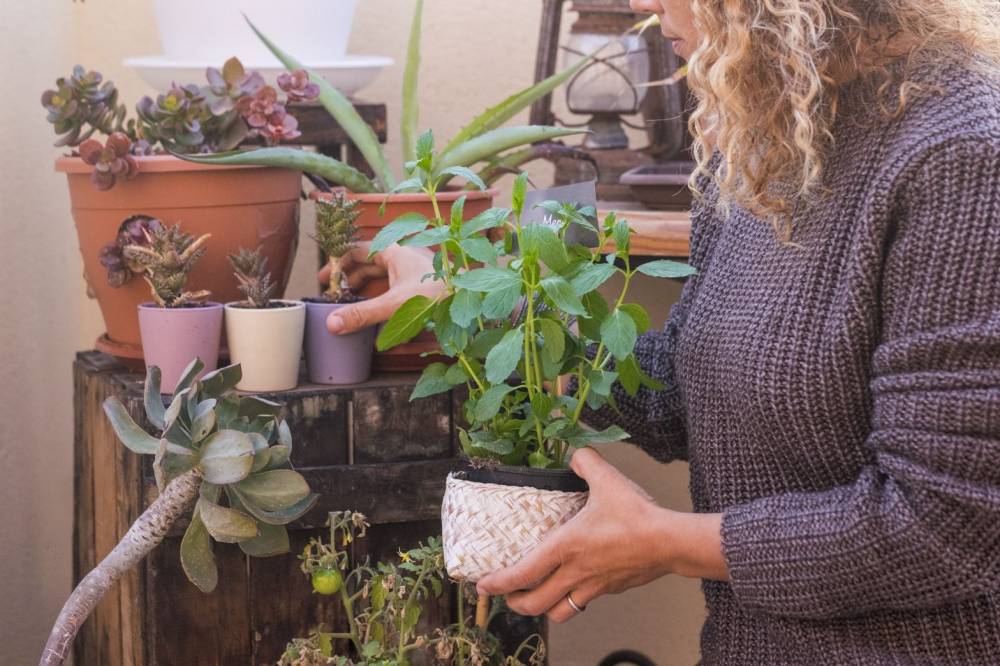Light is presumably the most critical factor for healthy indoor plant growth. The energy derived from photosynthesis depends on the amount of intercepted light by leaves.
Indoor plants can be classified according to their light needs and tolerances - high, medium, or low. Choose your indoor plants according to the natural sunlight in your house. Otherwise, you will be required to increase the light with artificial lighting.
The three important elements of indoor sunlight are intensity, duration, and quality. Each one has a diverse influence on the plant.
- Intensity
Photosynthesis, or the production of plant food, is influenced, as are stem length, leaf color, leaf size, and flowering.
Light intensity is affected by factors such as the existence of curtains, insect screens, weather, seasons of the year, shading from trees and other buildings, and the cleanliness and kind of window. Reflective, light-colored surfaces inside the room can boost ambient light levels.
Excessive light can be just as detrimental as insufficient light. The leaves of a plant that receives too much direct light get pale, brown, and die.
Increase the distance between your houseplants and the window during the summer months, or use a light shade, such as a sheer curtain, to protect them from direct sunlight.
- Duration
The length of time the plant is exposed to light each day.
Flowering plants that are photoperiod sensitive include Poinsettia, Kalanchoe, and Christmas cactus (day length). Only when the day length is short does the development of buds and flowers occur (11 hours of daylight or less).
Most plants require a period of darkness to develop properly, therefore only light them for a total of 16 hours per day, especially if artificial light is used in conjunction with natural light.
- Quality
When growing plants with artificial grow light rather than natural light, the light quality is more of an issue.
In general, sunshine is the best source of light for plant growth, however, artificial lighting can improve the quality of light that plants get, resulting in improved plant growth.
The spectrum (colors produced by the lamp) is significant when artificial light is used to supplement natural light. Red, far-red, and blue wavelengths, for example, are critical for plant development. Provide all three wavelengths for healthy plants.
Impacts of Too Little Light
As they extend for more light, indoor plants can grow spindly or "leggy." They can acquire a lean when cultivated in a location where only one direction of light reaches them.
Leaf color loss, reduced flowering, and poor growth are all possible indications. In brighter light, the same plant would be more compact, better branched, and have normal-sized leaves.
Insufficient light might lead houseplants to fail after a healthy start. The transition from growing in a greenhouse to waiting for sale in a store that may or may not be well-lit can stress plants.
After spending the summer outside, bringing indoor plants back inside might result in leaf drops and yellowing. The weeping fig (Ficus Benjamina) is an example of a plant that can suffer from excessive leaf drop.
Find Your Plant Match
You can find various collections of indoor and/or outdoor plants at TUILLY.
If you want to learn more about what makes plants and plant accessories fantastic, TUILLY can help you with what you are looking for!


Join or Sign in to comment